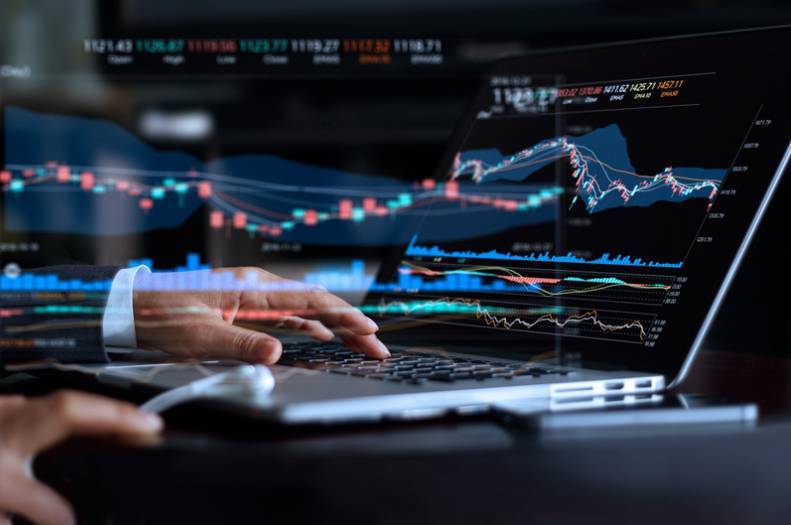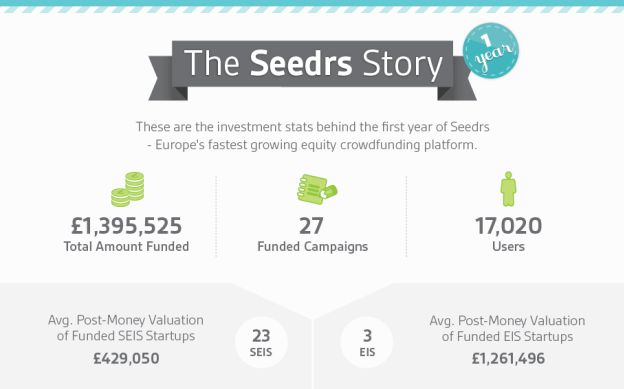Forward-thinking firms are already positioning themselves for a DLT-fuelled future. But behind the buzzwords, there are lingering questions. What benefits will digitalisation bring, both to trading venues and the market participants they serve? What are the main obstacles to Exchange 4.0, whether they stem from outdated thinking or misaligned stakeholder incentives? And what sort of step-changes can we expect as digitalisation takes off?

In a recent report, Hirander Misra, Chairman and CEO of GMEX Group, and the Realization Group interviewed experts at firms pioneering the new world of crypto asset trading
• Alokik Advani, Managing Partner, Fidelity International Strategic Ventures
• Charles Kerrigan, Partner, CMS London
• Jessica Naga, Director Responsible for Legal and Compliance, SECDEX
• Anoop Nannra, Global Blockchain Segment Leader, Amazon Web Services
• Nicholas Philpott, Director, Zodia
• Duncan Trenholme, Head of Digital Assets, TP ICAP.
We summarise the key highlights and perspectives from virtually every stakeholder group involved in the trend towards digitalisation.
Introducing Exchange 4.0
Just as the world is experiencing a fourth industrial revolution, sometimes called 4IR, financial exchanges are beginning their own technological revolution. The 4IR concept is the driving force behind the Internet of Things, where AI and web technology combine to create smart products. A similar idea is taking hold in the world of financial market infrastructure enabled exchange trading, as DLT, smart contracts and tokenisation make it possible to facilitate true asset portability while linking far-flung liquidity centres.
But there is a great deal of confusion as to how distributed technology will change financial market infrastructure so that it can make the transition, be fit for purpose and what benefits it will bring. There are also significant roadblocks, either in terms of old-fashioned thinking or stakeholders defending their turf. Experts say it is only a matter of time before these obstacles are overcome. The first step, they say, will involve trading venues and participants developing a new mindset, one that embraces open-source practices. As Exchange 4.0 becomes better understood, and as firms move from proof of concept to bottom-line benefits, we can expect a rash of major changes. New trading centres, new products, new ways of doing business and new ways of enabling post trade are all on the way.
Creating The Network Effect
A growing number of exchanges and trading firms are embracing distributed ledger technology (DLT) and tokenisation, recognising a surge of interest in crypto asset trading from both retail and institutional investors. But many of the venues are replicating silo-based models and missing out on the most important lessons from the digital revolution. DLT, tokenisation and crypto asset trading offer a chance to create much larger market ecosystems by enabling participants to transact across borders more easily and by facilitating asset portability. Rather than divvying up the pie, it’s all about making the pie much larger.
“The key thing about this is asset portability,” says Hirander Misra. “If you look at marketplaces in this space, there are lots of exchanges across the world and there’s tumbleweed growing through most of them. How do you create that network effect? But then also, how do you focus on what you’re really good at?”
Misra says the problem starts with exchanges adopting a silo mentality, where they seek to service clients exclusively rather than building a more collaborative model. Trading, clearing and settlement end up being offered in a closed-in environment. “Essentially these exchanges are just pockets of their own liquidity.”
But the future could soon look very different. “You’re going to see exchanges, custodians and other services interconnect more seamlessly, with the ability to swap services and assets across jurisdictions and across different types of users to get that network effect. This is a construct that I have labelled Exchange 4.0,” Misra says.
What the Experts Expect
Provided that network effect can be created, what sort of benefits can firms look forward to? The list is long and varied.
Alokik Advani: “You have to try this in pockets of smaller assets, where it can be really efficient – private markets, alternative assets, private equity, venture capital, real estate, private debt. All of these things are obscenely inefficient. They trade like bulletin boards today. If you wanted to bring that to some level of an exchange-like infrastructure with a DLT backing and speed of clearing and settlement, it’s a revolution.”
Charles Kerrigan: “You are seeing the move towards digitalisation as a prime example of capitalism forcing change. You are talking about another wave of creative destruction. We have digitalised the front office of financial institutions – what you see as a customer – but the real benefits will come from digitalising the market infrastructure. Crypto shows how this can be done. Payments have learnt from that. Securities issuance is following. We are simply following the logic of the information economy. This is a big one.”
Hirander Misra: “With Exchange 4.0, say you’re an existing exchange and you have existing infrastructure. You may want to set up a digital exchange, but you may not want to replicate everything you have. You may not need another matching engine, you may need digital custody or you may need issuance. The thing about Exchange 4.0 is that you can combine the services you have with services others have or augment what you already have. So, you’re not beholden to creating yet another siloed infrastructure.”
Jessica Naga: “There is something to be said for the countries that take the jump and do this now fast. They will have first movers’ advantage, if they build the necessary legal framework and infrastructural ecosystem in a sustainable way. The clear advantage of technology and FinTech companies is that their business is cross border and therefore from one centre, they can service the world.”
Anoop Nannra: “We look at Exchange 4.0 and the opportunities in terms of creating digital assets on virtually any aspect of our business. I think it’s really exciting, being able to create a futures index based on real-time solar energy production. Right down to the second. You create new patterns and opportunities for liquidity to occur. Capital historically will move to the environments where liquidity is most easily had.”
Nicholas Philpott: “The locations and the cities that succeed in the future may no longer be the same as the ones at present. It’s a much more even competition now. If you can spin up a virtual exchange with none of that physical infrastructure, that opens up the possibility of some very interesting developments as far as the new trading centres of the future are concerned. You’re broadening the market across a bigger spectrum of participants. More people can have access.”
Duncan Trenholme: “It’s possible that some of the private permissioned blockchains get traction in certain areas and solve certain use cases, but over time we believe the open permission-less blockchains will eat market share. The idea of running your own distributed ledger, in a centralised manner, just misses the point of what this technology can do. It’s repeating the limitations of vertical silo’s all over again. As people do connect, they’ll increasingly experience the benefits of transacting on an open, interoperable, and programmable financial system.”
A Way Forward
All of this leaves traditional venues and market participants having to prepare for a wholesale change in the way they operate while still conducting business in the here and now. At the same time, scores of new exchanges have sprouted up with DLT technology and digital assets that can only be traded on one platform.
By forging the DLT-based world of the future while still servicing traditional assets in traditional ways, we will see a hybrid model which bridges the gap between digital and traditional financial market infrastructure. This will serve to eradicate the current silos and fragmentation to facilitate better portability of assets by interconnecting the whole capital markets value chain of participants, across international nodes (jurisdictions), to more easily trade, clear and settle.

Founder Dinis Guarda
IntelligentHQ Your New Business Network.
IntelligentHQ is a Business network and an expert source for finance, capital markets and intelligence for thousands of global business professionals, startups, and companies.
We exist at the point of intersection between technology, social media, finance and innovation.
IntelligentHQ leverages innovation and scale of social digital technology, analytics, news, and distribution to create an unparalleled, full digital medium and social business networks spectrum.
IntelligentHQ is working hard, to become a trusted, and indispensable source of business news and analytics, within financial services and its associated supply chains and ecosystems




























